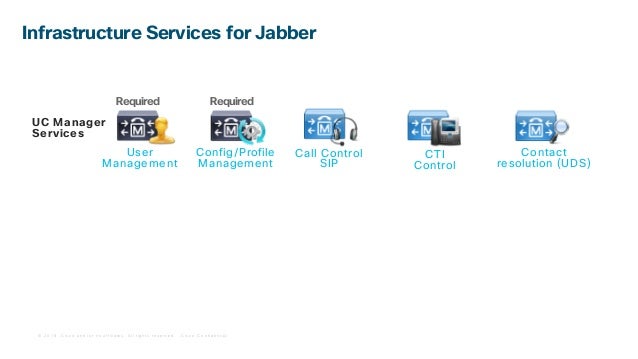

The only traffic to go over the ICA virtual channel between the published Jabber client app and the Cisco Jabber VDI is signalling information audio‐video traffic travels peer‐to‐peer between the user device and the other party to the call or to the conference bridge in the case of a multi‐party call. This method of trafficking media also allows for increased Quality of Serivce (QoS), less processing power required on Data Center side, and ensures the deployment of Jabber in a VDI environment is easier to administer. “tromboning”) of the media traffic through the Citrix Virtual Apps and Desktops server. This optimized architecture also ensures that there is no degradation of audio-video quality since it avoids “hairpinning” (a.k.a. Video processing is particularly CPU-intensive so offloading it from the Citrix Virtual Apps and Desktops server to the user device is a great boost to user density. The key to delivering Unified Communications clients like Jabber at scale in a desktop virtualization environment is to offload the media processing to the user device whenever possible by installing a media engine alongside the Citrix Receiver. Jabber is Cisco’s flagship Unified Communications client, supporting presence, instant messaging (IM), desktop sharing and audio-video conferencing.

CISCO JABBER 11.9 DOWNLOAD DOWNLOAD
To deliver Cisco’s Jabber® for Citrix Virtual Apps and Desktops, formerly XenApp and XenDesktop, download Citrix Jabber VDI client.


 0 kommentar(er)
0 kommentar(er)
